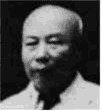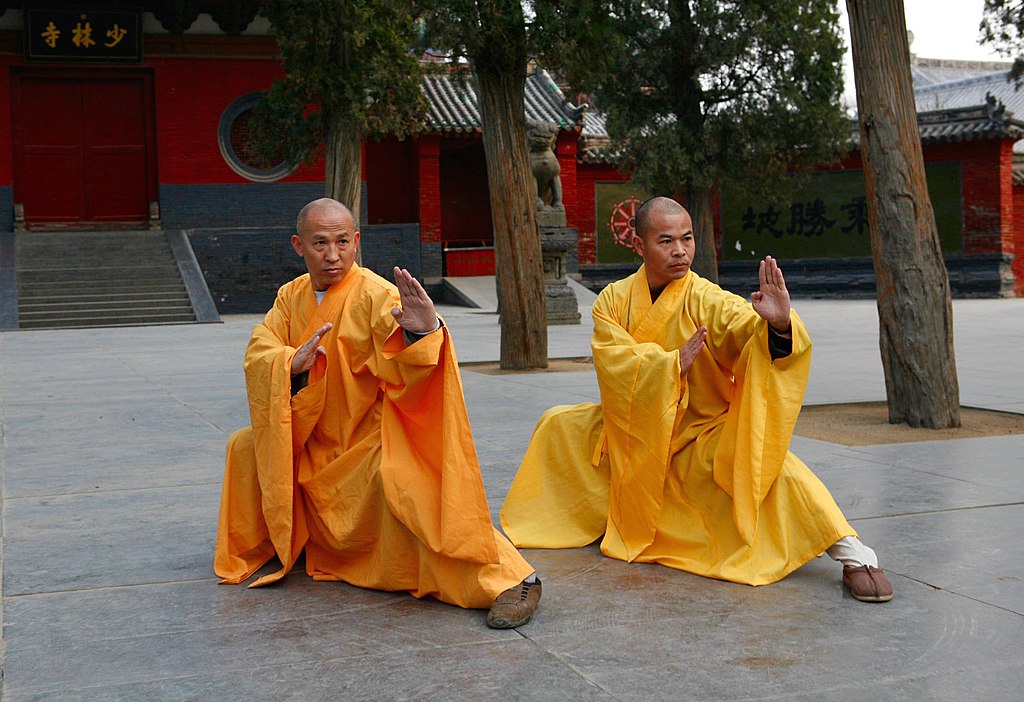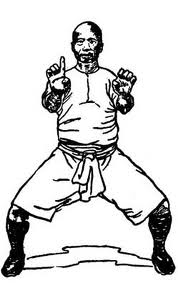History of Hung Gar Kung Fu

History of Hung Gar Kung Fu as present by the World Budo Alliance as part of its preservation of Martial Art History project. The founder of the Hung Gar style was Master Hung Hee Goon. Wo was a famous boxer who lived in the late 1700's. Although his school is popularly known as Fu-Hok Pai (Tiger and Crane style), the origin of this fighting method goes back much farther into time.
According to legend, a Shaolin master of the Tiger Claw style was out in his garden one day. Thus spotting a crane pecking away at his newly planted vegetables. The priest grabbed a stick and tried to chase the intruder away. And the bird, however, eluded each swing of the stick. At one point, the crane leaped up into the air and the surprised monk found himself the victim of a furious counter-attack.
Thus using its sharply pointed beak as a weapon, the crane became a formidable foe. Therefore the priest made a complete study of the crane’s behavior. And learned how this frail-looking creature would respond to various types of attack.
Also by imitating these movements, a series of new fighting techniques based on fluidity, gracefulness, and sharp pecking attacks was developed. Combining these unusual crane tactics with his dynamic tiger claw techniques, the Shaolin monk devised a new and highly effective method of combat.
History of Hung Gar
And in the 18th century, Shaolin boxer Hung Hee Goon acquired this unique system based on the tiger and crane. Boxer Hung had been schooled in the teachings of Chee Sin, a master of the “Long-Hand Art.” And Fong Wing Chuen, and expert of the “Short-Hand Art.” To the knowledge that he acquired from these two Shaolin priests, boxer Hung added the tiger and crane techniques. Thus creating the Hung Gar (Hung’s Family) school of Gung Fu.
Skillful boxers of the Hung style have been described as powerful and swift, with a solid, immovable stance. The Hung system uses a combination of short-range tactics and long-range movements. Blocks and counters should have the striking power of a sledgehammer. Like the fluid and graceful crane, however, firmness must be complemented by softness and softness by firmness.

With a history of more than 200 years, the Hung style has been one of the most popular methods of Gung Fu practiced in Southern China. In later years, a famous boxer named Wong Fei Hung systematized the tiger and crane movements into several formal exercise patterns. Known as Fu-Hok Sheong Yin Kuen, these tiger and crane routines are a specialty and a vital part of our training program today.
History of Hung Gar
And according to legend, the southern Shaolin temple in Fukien was destroyed by the oppressive Ching dynasty at the end of the 18th century. As it was being attacked, fires spread throughout the temple. Five elder monks - Master Gee Sim Sum See being were trapped by the flames as they tried to find an escape route.
Miraculously, a golden tarp (or banner) fell upon them and protected them as they fought their way to a back wall. They punched and kicked their way through the brick wall to safety. Upon escaping they made a vow to rid their homeland of the Manchu leaders. Their motto was "Destroy the Ching, restore the Ming." From this secret society of warriors arose one of China's most powerful styles of Kung Fu, Hung Gar (Red clan or Red School).
Gee Sim Sum See sought refuge among the floating opera boats, or "Hung Soan" (Red boats), teaching his skills covertly to rebels. Master Gee Sim would continue to teach his five animal styles. Since space was a factor, even more so on the boats, Master Gee Sim's instruction stressed close-quarter fighting methods. The stances were only fourteen inches apart. Four square feet would be enough room to perform an entire set. This made it extremely effective for the busy streets and small alleys of Southern China.
Hung Hei Goon

One of his students in the temple was Hung Hei Goon (Guen or Gung). He studied the Shaolin Tiger Style. Hung Hei Goon was a Fukien tea merchant who met his future wife, Fong Wing Chun, at the temple. Fong Wing Chun (no relation to Yim Wing Chun) was also a student of Master Gee.
She came to the temple to learn the White Crane system and avenge the murders of her entire family, who were slaughtered by bandits. Hung, being a curious man, always sought to improve his skills. He thus added to his Tiger Style elements from his wife's White Crane system. Including movements from the Dragon, Snake, and Leopard forms. And techniques from the five element fists. Hung Hei Goon developed a reputation for being a fighter of great skill and was known as "The Southern Fist." One of the contributions of Hung Hei Goon was the development of the form Kung Gee Fook Fu (Taming tiger). This form serves as the basic foundation of most Hung Gar schools.
Throughout the beginnings, there have been three main styles of Hung Gar (or Hung Ga). The first is called Sil Lum Temple Hung Gar (which is where our Ha Say Fu [Four Lower Tigers] Hung Gar is derived). The second is called Hung Moon or Hung Door. The third is the standard "Canton" Hung Gar, which is founded by Hung Hei Goon. more History of Hung Gar continues...
History of Hung Gar
This style is the most commonly seen today. The art was passed down from generation to generation from Hung Hei Goon to his son Luk Ah Choy. And then to his son Wong Tai, and to his son Wong Kai Ying, and finally to his son Wong Fei Hung (1850 - 1933). Who was one of the most famous folk heroes within martial arts.
In his later years he would be credited for formalizing the Hung Gar system as well as developing the famed Tiger & Crane (Fu Hoc Kuen) form. The heroic adventures of this renowned Hung Gar exponent have been dramatized in Chinese cinema in over 100 films. And he has been portrayed by such martial arts stars as Jackie Chan, Jet Li, and Kwan Tak Hing.
One story dictates that when Wong Fei Hung was 13, already being an accomplished martial artist. And traveled with his father demonstrating Hung Gar and selling medicines in different villages. In one village there was a famous teacher of another style, Sifu Gwan Dai Hung, demonstrating on the same day.
And he became jealous because the Wongs had a much larger crowd watching their performance. Sifu Gwan felt these two were invading his territory and, long pole in hand, approached Master Wong Kai Ying to issue a challenge. Master Wong smiled and told his son Wong Fei Hung to take up his long pole and match skills with this sifu using the Ng long ba wan gwun. Wong Fei Hung eliminated the challenger and word of it spread far and wide.
History of Hung Gar

The hallmarks of Hung Gar are deep low stances, notably its "sei ping ma" horse stance, and strong hand techniques, notably the bridge hand and the versatile tiger claw.
The student traditionally spends anywhere from months to three years in stance training, often sitting only in horse stance between a half-hour to several hours at one time, before learning any forms. Each form then might take a year or so to learn, with weapons learned last.
However, in modernity, this mode of instruction is deemed economically unfeasible and impractical for students, who have other concerns beyond practicing kung fu.
Hung Gar is sometimes mis-characterized as solely external. That is, reliant on brute physical force rather than the cultivation of qi; even though the student advances progressively towards an internal focus.
This concludes the History of Hung Gar
Researched by Sensei Kara Borshuk
Edited by Grand Master Art Mason